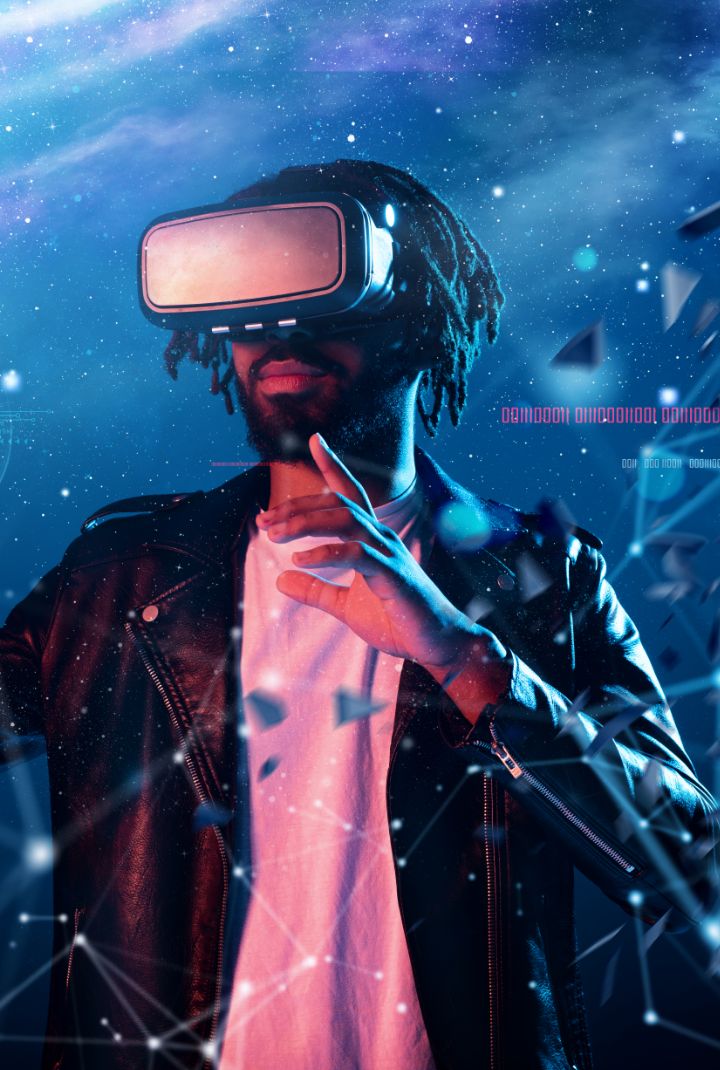
What is Reality?
Reality is often defined as the state of things as they actually exist, as opposed to an idealized or virtual state. However, what is considered to be “real” is often a matter of perspective. For example, what one person perceives as real may be entirely different from what another person perceives. This can be seen in the way that people experience different cultures and lifestyles. What is considered real in one culture may not be considered real in another. In addition, people’s individual experiences can also affect their perception of reality (XR). For instance, someone who has lived in a war-torn country may have a very different understanding of reality than someone who has always lived in a peaceful country. Ultimately, reality is a complex concept that is difficult to define definitively. However, it is clear that everyone experiences reality (MR) in their own unique way.
What is Augmented Reality (AR)?
Augmented Reality (AR) is a technology that allows users to interact with digital information in the real world. AR Augmented Reality experiences a great array of applications that use a combination of computer-generated images and real-world data to provide an immersive experience. For example, AR can be used to create an interactive map that shows the location of nearby businesses or to provide instructions for completing a task. AR can also be used for entertainment, such as playing games or watching movies. While (AR) Augmented Reality Design is still in its early stages of development, it has the potential to revolutionize the way we interact with the world around us.
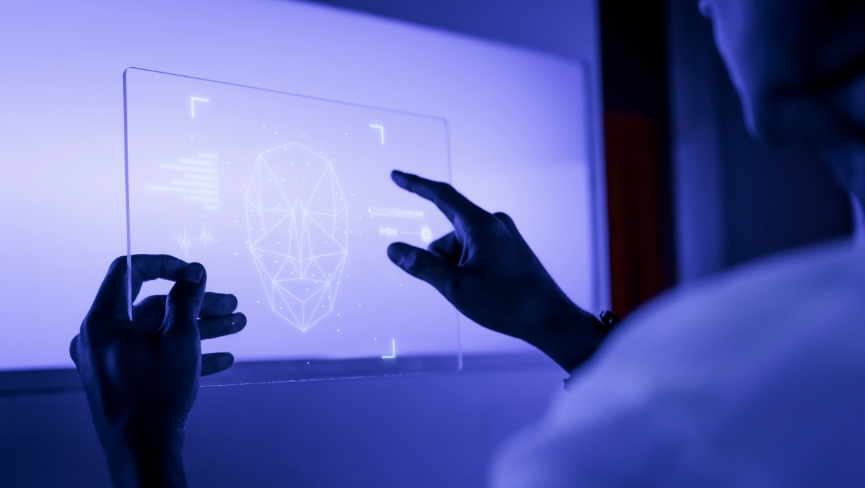
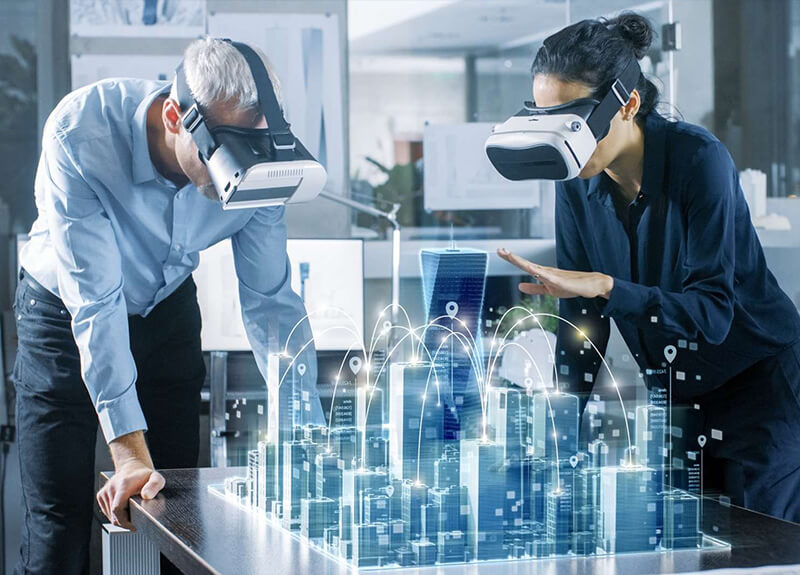
What is Virtual reality (VR)?
Virtual reality (VR) is a growing technology that is being used in a variety of fields, from gaming and entertainment to education and training. VR can be defined as a computer-generated simulation of three-dimensional images or environments that can be interacted with in a seemingly real or physical way by a person using special equipment, such as a helmet with a screen inside or gloves fitted with sensors. The goal of VR is to create an immersive experience that replicates or simulates reality technologies to the extent that it allows the user to suspend disbelief and explore the environment as if it were truly real. There are many applications for VR, including gaming, education, training, tourism, medicine, and more. As reality technologies continue to develop, the potential uses for VR are only limited by our imagination.
What is Mixed reality (MR)?
Mixed reality (MR) refers to the use of digital technology to create a simulated environment that combines real and virtual elements. This can be used for educational purposes, such as in surgery training, or for entertainment, such as in video gaming. In mixed reality (MR), the user is able to interact with the digital elements in a realistic way, using either physical objects or hand gestures. The term ‘mixed reality’ (MR) is often used interchangeably with ‘augmented reality’ (AR); however, there is a key distinction between the two. AR simply refers to the overlaying of digital information on the real world, whereas MR (Mixed Reality) also includes the ability to interact with virtual elements. As mixed reality technology continues to develop, it is likely that we will see an increasing number of applications for this innovative technology.
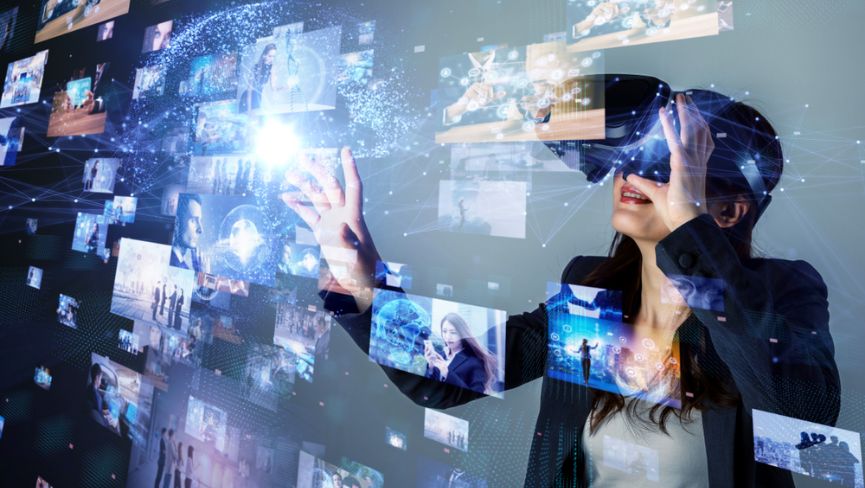
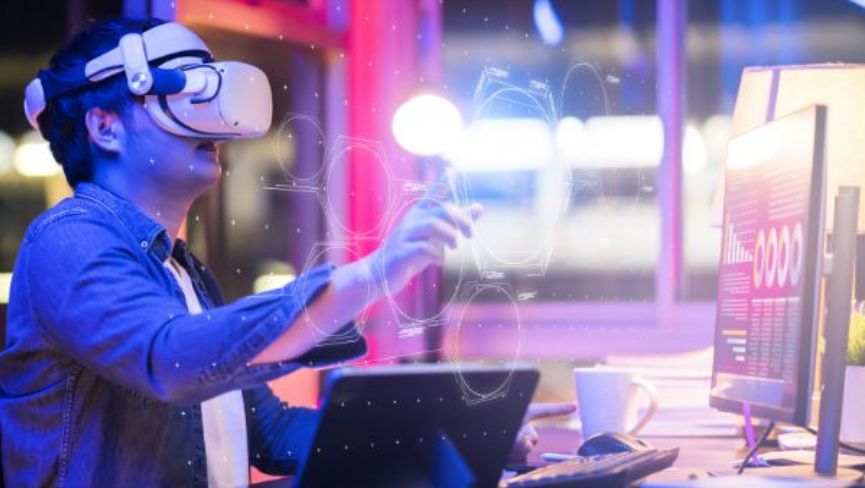
What is Extended reality (XR)?
Extended reality (XR) is a catch-all term that refers to all forms of virtual, augmented, and mixed reality. Virtual reality (VR) immerses users in a completely artificial environment, while augmented reality (AR) design superimposes digital information on the real world. Mixed reality (MR) is a hybrid of VR and AR, in which digital objects are anchored to specific real-world locations. Extended Reality (XR) technology is still in its early stages, but it shows great promise for a wide range of applications, from gaming and entertainment to education and training. With the help of Extended reality (XR), users can explore new worlds, learn new skills, and even interact with other people in completely realistic ways. As XR (Extended Reality) technology continues to develop, it is likely to have a profound impact on many aspects of our lives.
What is Mesmeric reality (MX)?
MX is an immersive, computer-generated environment that feels real and mimics the physical world. It is created using a mix of audio, visuals, and haptics. Unlike traditional virtual reality, which requires a headset, MX only needs a smartphone or tablet. This makes it more accessible and less expensive. MX is also more realistic than VR because it uses motion tracking to track the user’s movements and replicate them in the virtual world. This gives the user a sense of presence and makes the experience more realistic. MX is still in its early stages of development, but it has potential applications in gaming, education, training, and therapy.
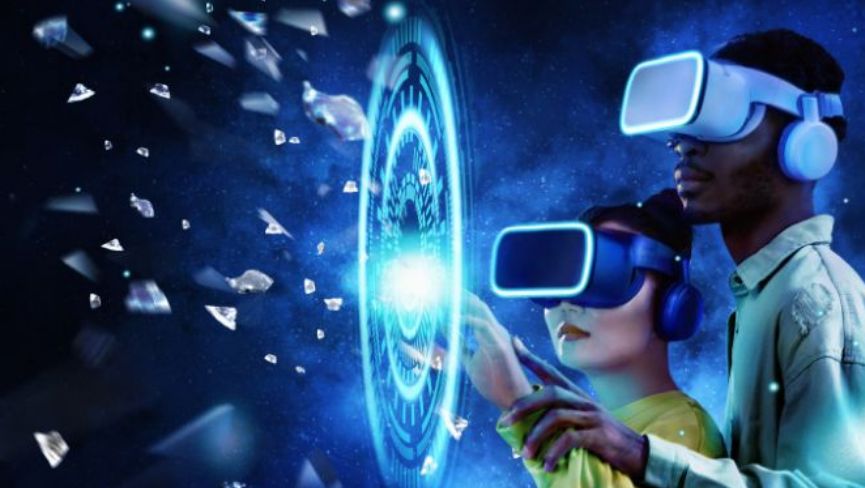
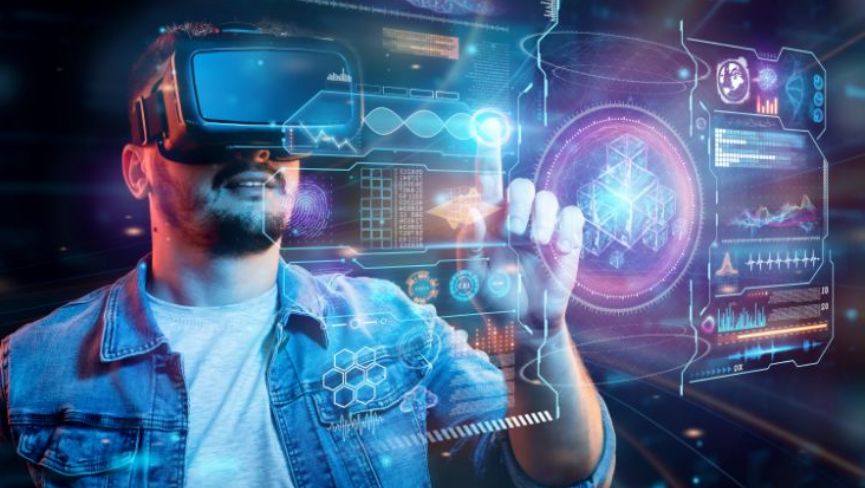
What is the difference between VR AR MR MX and XR?
The world of immersive technologies can be confusing with all of the different acronyms flying around. Here is a quick breakdown of the most common ones you are likely to come across:
- Virtual Reality (VR) uses computer technology to create a simulated environment. This immerses the user in a digital world that they can explore and interact with.
- Augmented Reality (AR) enhances the real world with digital content. This can be anything from a simple Heads Up Display (HUD) to fully immersive AR experiences.
- Mixed Reality (MR) combines elements of both VR and AR to create a hybrid reality. This allows users to interact with both digital content and real-world objects.
- Extended Reality (XR) is an umbrella term that covers all forms of immersive technology, including VR, AR, and MR.
So, what is the difference between VR, AR, MR, and XR? essentially, it boils down to the level of immersion and interaction that each offers. VR is completely immersive but limited in terms of interaction. AR enhances the real world but doesn’t fully immerse the user. MR combines elements of both VR and AR to create a hybrid reality. And XR (Extended Reality)is an umbrella term that covers all forms of immersive technology.
What are AR, VR, XR, MR and MX, And How Do They Differ From One Another
Technology is constantly evolving, and new terms are continually being introduced to describe the latest innovations. In the world of immersive technology, many acronyms are floating around, and it cannot be easy to keep track of all of them. AR, VR, XR, MR, and MX are all terms that describe different types of immersive technology. So, which one is right for your business or project?
- AR, or augmented reality, is a type of technology that overlays virtual objects in the real world. This allows users to interact with those objects as if they were actually present. For example, a user might be able to view a product in their living room and see how it would look before making a purchase.
- VR, or virtual reality, is an entirely immersive experience that takes place in a virtual environment. This can be used for entertainment or training purposes. For example, users might strap on a VR headset and be transported to a simulated environment where they can explore or play games.
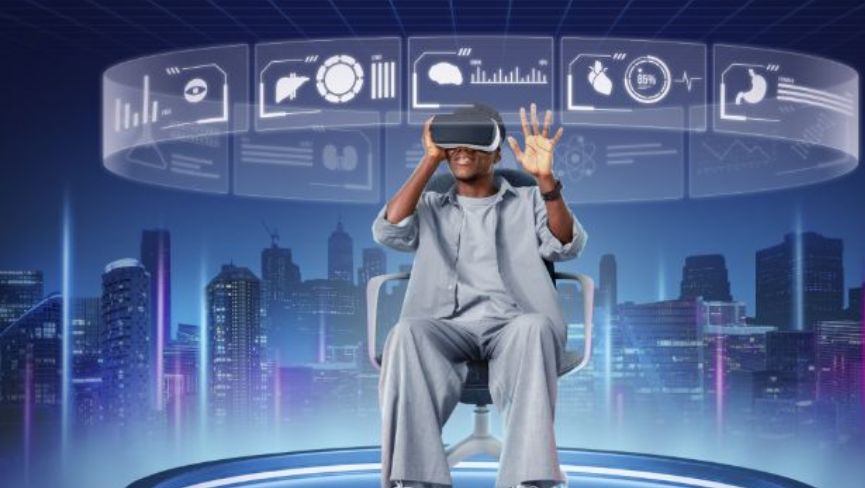
- XR, or extended reality, is an umbrella term that covers both AR and VR, and it also includes other related technologies like mixed reality and extended reality.
- MR, or mixed reality, is similar to AR in that it overlays virtual objects onto the real world. However, unlike AR, MR allows users to interact more naturally with those objects. For example, a user might be able to pick up and manipulate a virtual object using their hands.
- MX, or magic realism, is a new form of mixed reality that takes things one step further by allowing users to interact with both physical and virtual objects simultaneously. For example, users might be able to view an online menu and then order food from it using their hands.
- Magic reality is still in its early stages of development but has great potential for businesses and consumers alike. So which technology is right for you? It really depends on what you want to achieve with your project or business. If you need help deciding, don’t hesitate to contact us for more information.
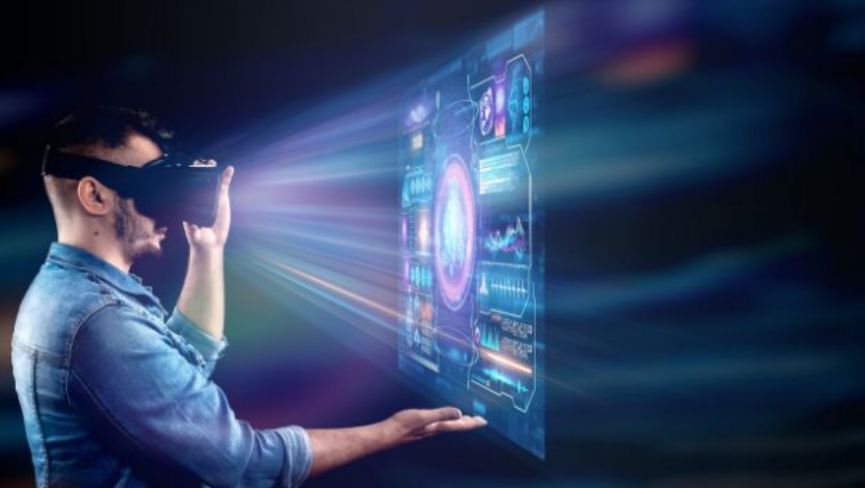
The Future of AR, VR, XR, MR and MX And The Potential Applications For Each
Immersive technology is no longer just a figment of our imagination or part of futuristic movies. It is a reality that is slowly but surely taking over different aspects of our lives. And it all started with augmented reality (AR).
AR was first introduced to the public via the gaming industry in 2012. Six years later, the commercial and enterprise sectors have started to take notice and are now actively looking into how AR can be used to enhance their products and services. There are three main areas where AR is being applied – retail, education and training, and manufacturing.
- In retail, AR is used as a marketing and customer engagement tool. For example, IKEA has an app that allows users to see what furniture would look like in their homes before they make a purchase.
- Meanwhile, education and training institutions are using AR to create more immersive and interactive learning experiences. One example is UC Berkeley’s ImmersiveAnalytics Lab, which uses AR to help students understand complex data sets.
- AR is also being used in manufacturing as a way to improve efficiency and quality control. For instance, Porsche uses AR glasses to guide assembly line workers as they put together cars.
- While AR may currently be leading the pack, it is not the only immersive technology that is gaining traction. Virtual reality (VR), mixed reality (MR), extended reality (XR) and mesmeric reality (MX) are all Immersive Technologies that offer their own unique set of benefits and applications.
VR transports users into a completely different world – one that is entirely virtual. This makes it an ideal tool for gaming, entertainment and simulations. While VR headsets were originally designed for gaming, they are now being used for other purposes, such as training air traffic controllers and surgeons.On the other hand, MR combines the real and virtual worlds to create new environments and visualizations where physical and digital objects can co-exist and interact with each other in real-time. This makes MR ideal for use cases such as product design, architectural visualization and remote collaboration.
- Like MR, XR also combines the real and virtual worlds but with the added dimension of time – past, present or future. This makes XR well suited for historical reconstruction, data visualization and predictive analytics applications.
MX Technologies merge the user’s senses with digital content to create a realistic, realistic experience to believe it to be true subconsciously. Currently, MX technologies are being used for research purposes only. Still, there is potential for it to be used for therapeutic purposes such as treating anxiety disorders or addiction in the future.
These are just some of the Immersive Technologies that are emerging today, with even more under development. As computing power increases and costs go down, we expect these technologies to become more ubiquitous in our lives – changing how we work, live and play.
Which Technology is Right For Your Business or Project?
- With so many new technologies emerging, it can be difficult to decide which one is right for your business or project. Augmented reality (AR), virtual reality (VR), mixed reality (MR), and extended reality (XR) are all popular choices, but each has its own strengths and weaknesses.
- AR allows users to overlay digital information on the real world, giving them a more complete picture of their surroundings.
- VR creates a completely immersive artificial environment, making it ideal for training or simulations. MR combines aspects of both AR and VR, allowing users to interact with digital objects in the real world.
- XR is a catch-all term that includes any type of immersive technology, including AR, VR, and MR. Ultimately, the best solution depends on your specific needs. If you’re looking for a way to enhance the real world, AR is a good choice.
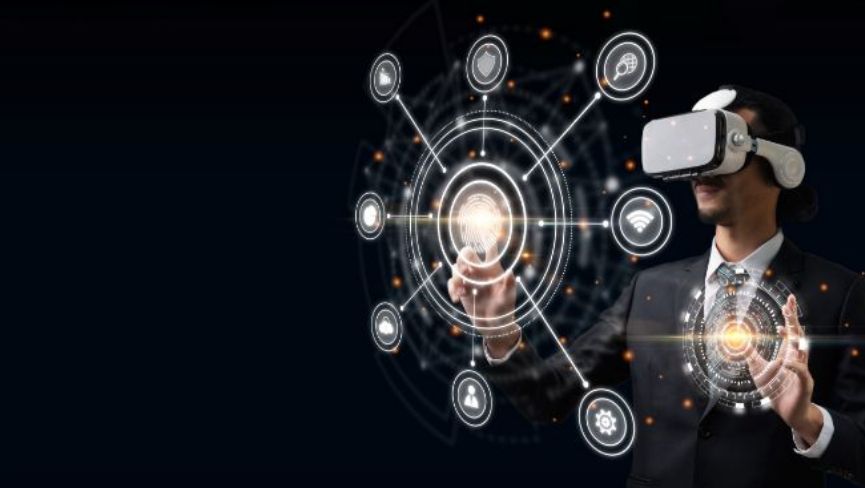
If you need to create a completely artificial environment, VR is your best bet. And if you want to combine the real world with the virtual world, MR is the way to go. Stay Tuned to learn more!
